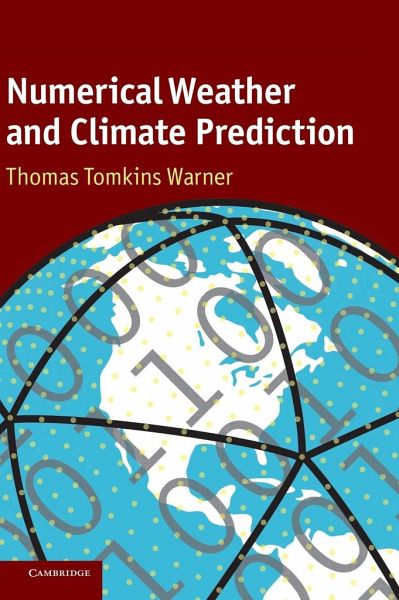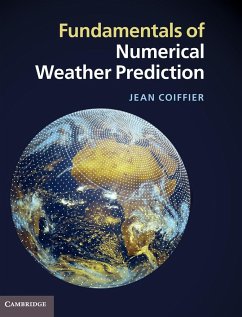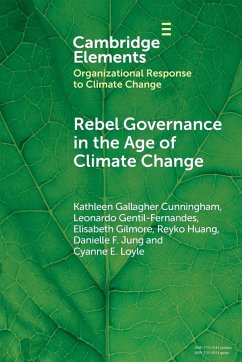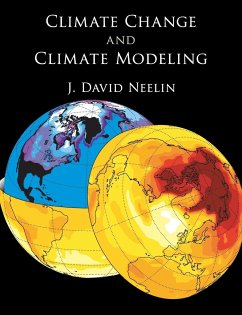
Numerical Weather and Climate Prediction
Versandkostenfrei!
Versandfertig in 1-2 Wochen
99,99 €
inkl. MwSt.
Weitere Ausgaben:

PAYBACK Punkte
50 °P sammeln!
Provides a comprehensive yet accessible treatment of computer-based weather and climate prediction, for graduate students, researchers and professionals.
This book provides a comprehensive yet accessible treatment of weather and climate prediction, for graduate students, researchers and professionals. It teaches the strengths, weaknesses and best practices for the use of atmospheric models. It is ideal for the many scientists who use such models across a wide variety of applications.














